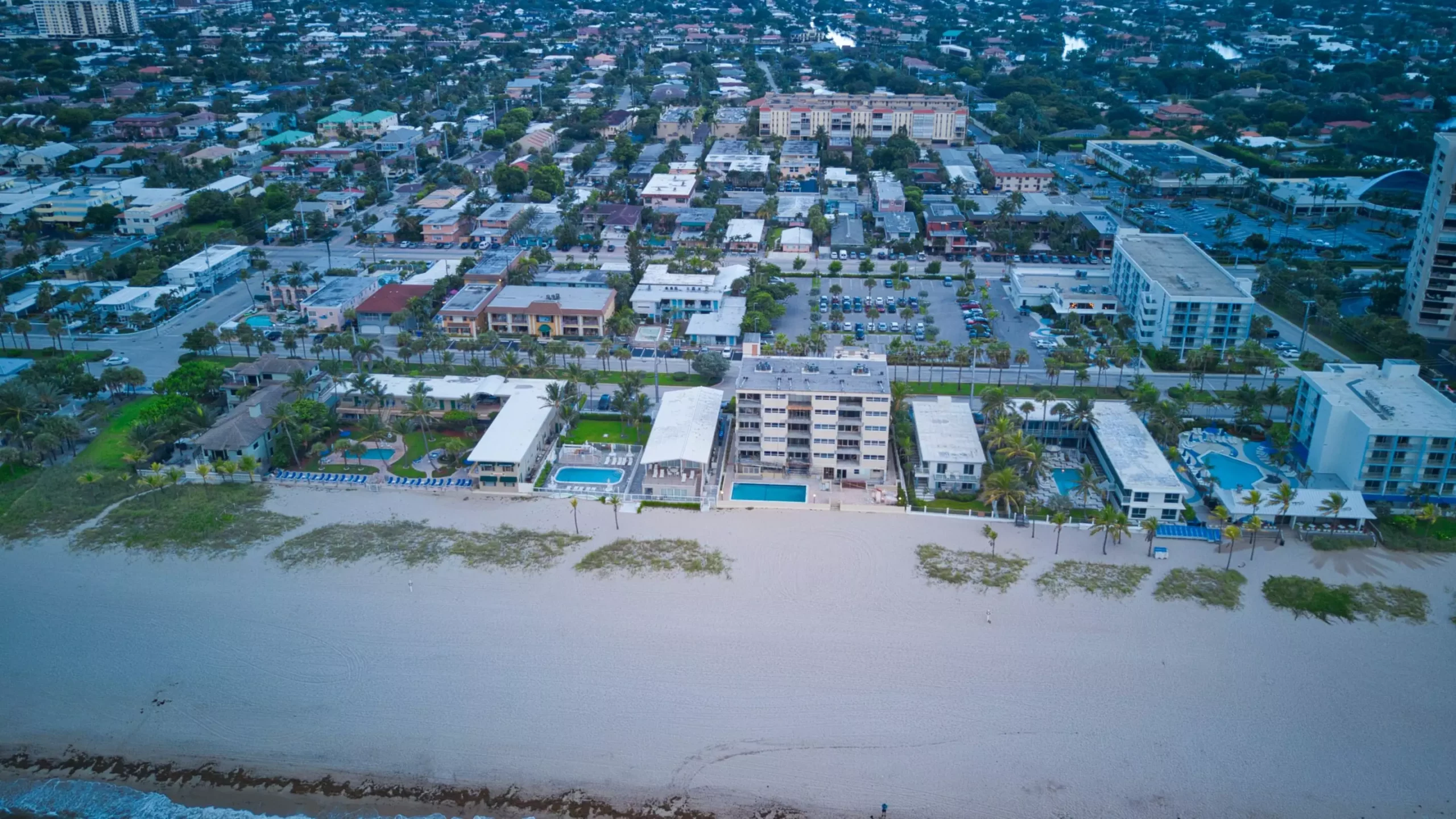In the face of increasingly dire climate news, scientists are compelled to reexamine the models and predictions that inform public policy and environmental understanding. A recent article authored by researchers from Dartmouth College presents an analysis that provides a much-needed reconsideration of one of the most troubling assertions regarding the potential rise of sea levels due to melting ice sheets, particularly in Antarctica. While the study does not dismiss the reality of climate change, it offers nuanced insights into the dynamics of ice sheet collapse and the implications for future sea-level changes.
Debunking Alarmist Predictions
The sixth assessment report released by the Intergovernmental Panel on Climate Change (IPCC) predicted a dramatically heightened contribution of Antarctica to global sea levels by 2100, suggesting a potential rise as steep as 50 feet. This alarming forecast is attributed to a theoretical mechanism termed Marine Ice Cliff Instability (MICI). However, researchers from Dartmouth challenged this assertion by employing high-resolution simulations that contrast with the lower-resolution models originally utilized in the IPCC report. Their findings suggest that the catastrophic collapse of ice sheets is unlikely to unfold at the pace or magnitude projected earlier, particularly within this century.
Analysts must exercise caution in relying on overly pessimistic forecasts, as they could prompt drastic and perhaps unnecessary policy changes. The authors emphasize that understanding the timelines and physical processes involved in ice sheet dynamics is crucial for making informed decisions. Policymakers often operate under the assumption that these extreme scenarios are the most likely outcomes, which can lead to ill-informed initiatives that may misallocate resources.
One of the central points of research in this study is the Thwaites Glacier in Antarctica, notoriously dubbed the “Doomsday Glacier.” Prior to this research, concerns centered on the notion that Thwaites would retreat rapidly, significantly contributing to sea level rise. However, through extensive modeling and simulations, researchers argue that even if the glacier experiences destabilization, its retreat will be neither as fast nor as extensive as once feared.
By simulating various retreat scenarios—both sudden collapses of the ice shelf and gradual processes—researchers found that the ice sheet’s movement towards the ocean might far exceed the anticipated rates proposed by MICI. A central revelation from these simulations is that the glacier’s edges would thin out as it moves, making the ice cliffs less susceptible to collapse. Such findings indicate that, while Thwaites remains vulnerable, the extent of its impending collapse is not nearly as imminent as previously thought.
The discussions surrounding ice sheet dynamics bring forth a complex interplay of variables, necessitating a comprehensive understanding of physics and the underlying forces at play. The original MICI hypothesis posited that once ice shelves collapse, the towering cliffs of ice would retract in a domino-like effect. However, the higher-resolution models applied in this recent study produced different outcomes, challenging the rapid timeline associated with this theory.
The validity of MICI is contentious, and while the research underscores that ice cliffs can indeed collapse if they reach excessive heights, the circumstances that would initiate such a rapid failure may not manifest within the short-term timeline assumed by previous models. The clear divergence in findings extrapolated by this study calls for a reevaluation of the narrative surrounding polar ice sheet instability.
Broader Implications for Climate Projections
While the Dartmouth study questions the “low likelihood” scenarios presented by the IPCC, it does not entirely refute the prospect of sea-level rise due to the ongoing loss of ice from the polar regions. Other established mechanisms, such as Marine Ice Sheet Instability (MISI), remain plausible threats that could contribute to gradual increases in sea levels. This implies that although the most catastrophic scenarios may have reduced likelihoods, other risks warrant continued vigilance.
Further, this research emphasizes the need for continuous improvement and refinement of climate models. As scientists assimilate newer methodologies and data, they enhance our understanding of climate dynamics, allowing for better informed public policies and alternative strategies for climate adaptation.
Although the findings present a more optimistic outlook regarding the extreme sea-level rise scenarios, the danger of climate-induced changes should not be dismissed. As climate science evolves, so too must our interpretations of its implications, ensuring policymakers deploy resources effectively responsive to the realities of climate change, all while remaining prepared for potential disruptions expected in the future.

